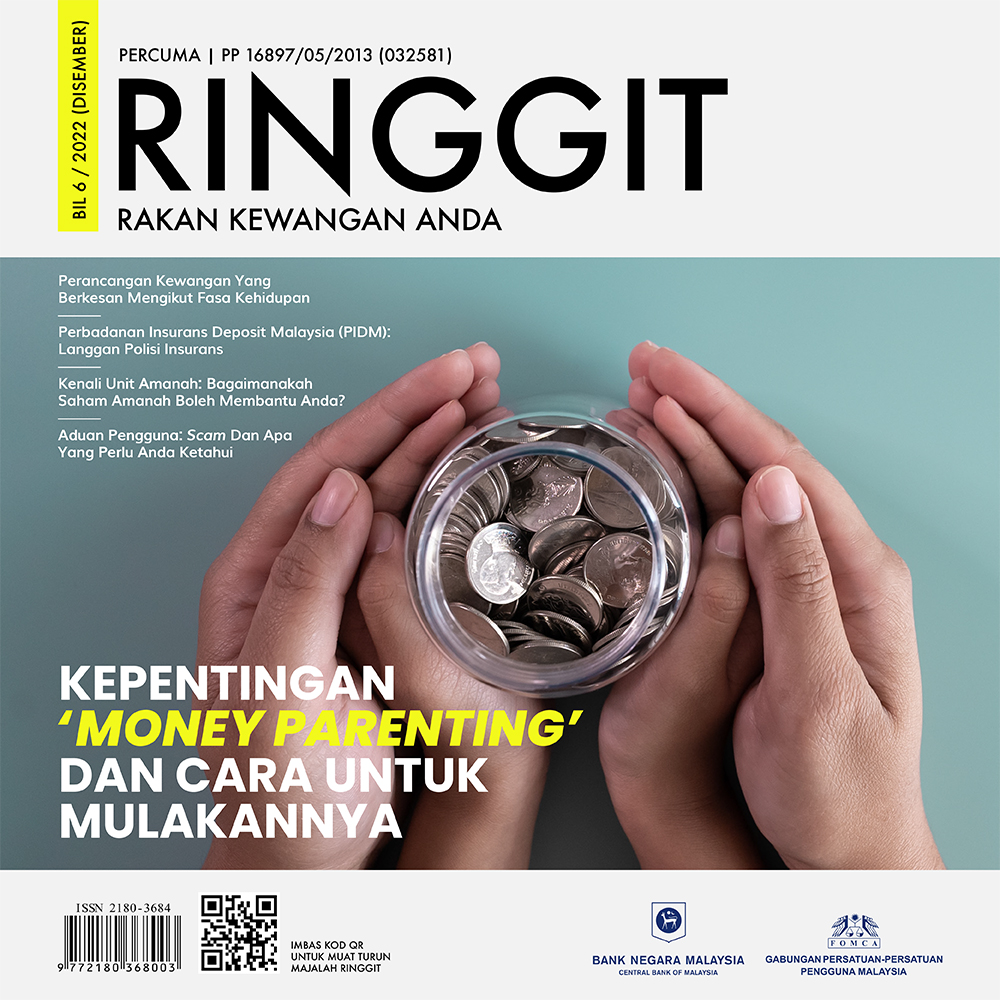EXACTLY five months ago this column highlighted the need for the newly-formed National Affordable Housing Council (NAHC) to understand the key factors for the overhang of properties as well as how it should function to meet Pakatan Harapan’s manifesto promises to the people in the current five-year term.Earlier this week, the National Housing Policy 2.0 (NHP2.0) 2018-2025 was unveiled with the main aim to address the issue of oversupply as well as affordability, which has created a massive mismatch that we are in now. So, was there anything new in the NHP2.0?It is rightly drafted in the sense that the main issue we have on home ownership today is a question of whether ordinary Malaysians, especially from the B40 group, can actually afford to purchase a home.
If the answer to that is a NO, then we move to the next question, what can we do to make them to be able to afford to purchase a home? Providing Rent-to-Own (RTO) schemes as an alternative to an outright purchase is one answer, provided the scheme does not discriminate the buyers based on price five years down the road and the rental paid is genuinely utilised for the downpayment of a home.In actual fact, for RTO schemes to work, participants should be able to lock-in the price on the day they sign on the dotted lines and not the price at the end of the five-year term. This will allow the homebuyers to have enough equity built up to able to take financing thereafter, perhaps with improved credit standing.The NHP2.0 also calls for minimum built-up areas for affordable homes of at least 900 sqft and at the same time the Minister reiterated the target of building one million homes over a 10-year period, or 100,000 units per year.
Question is, don’t developers know what is happening in the market and they continue to build unwanted homes that are not saleable and worse, at the wrong location? Also, for the 100,000 homes that we are talking about, are the supplies from Government’s driven initiatives or the private sector or both?Another issue with housing is prices. Based on the National Property Information Centre (Napic) latest 3Q18 updates, Malaysia’s House Price Index (HPI) stood at 192.1 pts, up 1.1% y-o-y but down 0.5% q-o-q, while within the residential segment, terrace homes saw prices higher by 4.6% y-o-y but down 0.1% q-o-q.Nevertheless, Napic statistics do suggest that high rise homes are experiencing a deceleration in price as prices fell by 3.8% y-o-y and 1.6% q-o-q in the 3Q18. This is indeed good news for home buyers, especially for first-time buyers as we are seeing a trend that will likely allow more people to own homes.Finally, Napic statistics also highlighted that the agency is expecting some 915,328 units in future supply, of which both the incoming and planned supply account for about 50% each. Up to 3Q18, the property market saw some 68,739 units completed to add to the existing stock of 5.55 million units. At the end of the 3Q18 period, some 30,115 properties worth some RM19.54bil remain unsold.
The trend of the unsold property units and values is scary. For the 3Q period, the total number and unsold properties grew by 48% y-o-y, and in terms of value, it jumped 56% from the 20,304 unsold properties worth some RM12.49bil in 3Q17.The faster pace of increase in value also suggests that the average unsold home in the market is at approximately RM650,000. Looking back, in 1Q of 2016, the data of unsold home suggest that average value of that property then was just RM496,000. Hence, in less than three years, we have seen that the average value of unsold property has now increased by 31%! Thus making the average property even more out of reach of the ordinary Malaysian! cOf course, one solution is to get rid of some of this stock via a National Homeownership Campaign to be held in early March where some 22,000 homes worth some RM22.5bil will be in the market with developers throwing in a 10% discount.
Out of this, about 15% of the homes or 3,384 units are priced at RM150,000 and below and another 9% of the homes are priced at between RM150,000 and RM300,000. If one were to assume that the average of these 24% affordable homes (which are all below RM300,000), are priced at RM200,000 each, they are worth some RM1.056bil while the balance in the market to be sold under this campaign would be 16,720 units valued at some RM21.444bil or at an average price of RM1.282mil – double that of what is now unsold in the market!Looks likely, even with the 10% price discount thrown in, chances are these properties would most likely remain unsold. In fact, a check with some developers already suggests that they are presently discounting their unsold units with good offers and some are currently providing this 10% discount anyway.
In addition, the Ministry is now looking at potentially enacting the Residential Tenancy Act to address the issue of discrimination against any race or gender with the aim of protecting tenants’ rights. While this is seen to be positive as Malaysia should move away from having to look at everything through the racial lenses, it is hope that the new bill will also address issues of protection to landlords. We have seen many cases in the market where landlords too can be subject to abuse by tenants such as non-payment of rentals, refusing to move out, even after a notice of termination is given to the rogue tenant, while in worse situations, landlords have zero recourse due to the time-consuming legal avenue as well as court process for tenants who misuse, abuse or damage the property or items that go missing after a tenant leaves the premises. Hence, the bill needs to be comprehensive and protect both the tenants and homeowners to ensure the rule of law is observed by both parties.
Further to these measures, the government has also initiated means to provide financing needs of first time home buyers with a RM1bil fund which comes at a very attractive rate of financing of just 3.5% for properties that are priced RM150,000 and below. Based on the fund size available and assuming properties are priced on average at RM100,000 each, the fund is indeed short of expectations as it can only fund 11,111 home seekers based on the 90% financing margin.Nevertheless, the stamp duty exemption for homes priced at RM1mil and below announced on Thursday is seen as positive as it lowers the cost of selling these properties for the developers who typically absorb stamp duties for sales & purchase agreements executed. In addition, the abolishment of stamp duties for loan agreements for borrowings of up to RM2.5mil is also positive for home buyers as cost of the financing facility is normally paid by buyers.
In conclusion, while we understand the nature of the property market today as well as government’s initiative in coming out with policies to help to reduce the inventory levels of completed homes and ensuring supply of affordable homes remain, our strategies needs to be well thought out to ensure we are in the right direction. After all, if we have houses everywhere but no buyers, where are we heading?








